World Fine Art Professionals and their Key-Pieces, 214 - Margriet van Engelen
World Fine Art Professionals and their Key-Pieces, 214 – Margriet van Engelen
There is beautiful skylight in Margriet van Engelen’s studio. A number of metal mesh works hang on the wall and there are works on three pedestals. As I get closer to those pedestals, I see the works doubled because they are on mirror glass. I am in Margriet van Engelen’s studio at the upper floor of her house in the Botenmakersstraat in Zaandam.
Few artists in the Netherlands have made as much work of metal mesh as Margriet van Engelen. Initially she worked with other materials, in particular paper. Margriet: “I became allergic to glue with which I hardened the paper. What now? I thought. I started looking for something that was transparent. I ended up with metal mesh / steel mesh. ”
Image correspondence
Margriet has worked with paper for a long time. At one point, she met Edith Bons, also an artist, who proposed an ‘image correspondence’ with her. She thought that was a good idea. “We sent each other work in A5 format, reacting to each other’s work, either to the shape, or to the texture, or to the color, or to the texture of the work received by the other. We agreed to do an experiment here, that became ‘paper’. I enjoyed it, because I had also worked with paper at the Art Academy. Edith Bons had a Dutch-Indie (now Indonesia) background. Her husband had brought paper from Japan, special paper. Then I started to create paper in which I used natural materials. Special papers appeared. I also incorporated wire, thick or very thin. It started to look like the skin of buffalo or sheep. Then it became really interesting. ”
The collaboration stopped when Edith Bons left for Indonesia for some time. “I learned a lot. She already had her own direction, she united two cultures, the Dutch and the Indonesian. I got to know the richness of her culture. ”
What is my culture?
In 1995, Margriet had completed three years of Academy, the HKU in Utrecht. “I studied in the evening hours. The study did not address the art market that you were going to work in. To do that anyway I came into contact with the Amazone Foundation (a women’s gallery in Amsterdam), they focused on the art market. It was nice to hear the experience of others.”
In the collaboration with Edith Bons she was confronted with the question ‘what is my culture?’. “That was the Christian culture, also the culture that thought light in painting was important. A culture that was partly shaped by the influence of other countries, in particular the former colonies. ”
The classics
But there was more. Margriet had done the Atheneum (High School), with no attention to the history of the Classics. “I went to catch up. I started with the myths and sagas of the Greeks and Romans, then I started to study the philosophers. ‘How is it possible that people from the Old Classical period could make such wise statements?’ I wondered. ”
She started to make artworks on it. We go to another room, full of artwork, on the wall and on the floor. Some work with paper and wire, but most with paper and metal mesh. ‘Aphrodite dances’ and ‘Longing for Ithaca’ are made of paper and wire. “I combined mohair wire and paper pulp which I applied over a sculpted work and after gluing it removed the clay underneath.” It looks fragile. The moment she made these works, she developed the allergy. She could not continue the old way.
She went to Italy and saw all kinds of images from the Classical era, often with the head or arms or legs off and covered with moss. When she returned, she initially started to solder copper wire over a sculpted design. “That was not satisfactory. It still had to be covered with a layer.” She took painting canvas over it. “I didn’t have to harden that.” But it was too coarse, the appearance wasn’t vulnerable enough. She was looking for something that has a fixed structure and she found it: metal mesh. She went from modeling to construction.
An adventure
“’Can I do this work’, I wondered. It was an adventure, a big challenge. I bought metal mesh where I first had to file the dots and then I started folding it.” I see the first results hanging on the wall. She ended up at Heraclitus with ‘Everything flows’. I see two blue wavy river-like works of metal wire and paper on the wall. If you look closely you will also see people’s heads in the flowing water.
‘Is that right, is it just flowing’, she then wondered. “People also do something with nature. I became interested in migration / immigration. I visited Ellis Island near New York. At the end of the 19th and beginning of the 20th century, masses of immigrants arrived who received a strict inspection. For the people who came full of hope, Jews, Italians, Irish, it was a frightening situation. The question was whether they would pass the test for admission. Various people were rejected and had to go back or somewhere else.” She also went to a large exhibition on immigration in Berlin.
Geometric work
Migration and immigration is not something that only happens in our time. The same applies to the refugee issue. “I went to a lecture in Spui 25, about the difficulties encountered in capturing the Canon of European history, taking Auschwitz as the beginning. How could I make an image of it? How do you imagine the beginnings of Europe after Auschwitz?” She made a step wise artwork of mesh that also incorporated the idea of flowing. I see it standing. That work was not entirely satisfactory. Next to it the work, as it were, upside down, it is on a mirror, so you see it twice. Here the idea is powerful. It is a square that appears to extend into the mirror that imagines the circularity of history, with windows mounted on the sides, symbolizing the various fields of vision of the countries brought together by the European Union with the intention of forging a unity. It is called ‘Framework of History’ (2011). It is her key work, she says.
Then she continued with geometric work and also with mirrors under the works. “It provides broadening and a beautiful image, it suggests that more fields of vision are possible. At the same time it remains transparent. ”
In 2013 she participated in an exchange project with Russia, with the work ‘wind and waves’. It was the Tsar Peter year. From Stichting Tengel, (a collaboration with artists from the Zaandam region), she realized (as part of a working group), with the help of galleries that had Russian art in stock, a virtual exchange with Russian artists.
People in hiding
A year later she was approached by someone from ‘Monuments Speaking’, part of the Committee 4 and 5 May. People had hidden themselves in her house during the war. Could she do something about this for 2015, the year of the 70th anniversary of the Liberation? She immersed herself in the the people in hiding and decided to organize an exhibition together with other artists. “It was about Elly Premsela, sculptor and her husband, Max Wessel. Elly was the sister of Benno Premsela, the designer and interior designer. Their father was a general practitioner, he was a pioneer in the field of sexual reform. ”
She proposed to the Tengel Foundation the question whether a joint exhibition could be organized. “People were enthusiastic about it. 35 artists started digging in their past about that time. When people were looking for inspiring poems, poets from Zaandam joined in. It became wider and wider. The music school also participated. The manifestation ‘Peace and freedom’ with the main guideline Democracy and tolerance finally took place in the Weefhuis in Zaandijk. The opening was done by the local president of Amnesty. ”
Ubuntu
She made the Installation ‘Ubuntu’ (2018) in response to Antjie Krog’s book on South Africa ‘Niets liever dan zwart’. “Antjie Krog is researching what it’s like to be black in South Africa. Among other things, she reports on a session of the Truth Commission.” I see tent-like mesh structures in rainbow colors on the ground in a circle. “People sat and sit in a circle. They are therefore equal. You can see that at the United Nations. In the old days people with us also sat in a circle near an oak tree. There used to be some form of democracy in South Africa. Ubuntu is special, it is a traditional Southern African philosophy of life of the Southern African peoples (Xhosa, Zulu and Shona) with the core idea that man is inextricably linked to his fellow human beings, in a spiritual sense also to the deceased and the not yet born. Archbishop Tutu and Nelson Mandela named Ubuntu as the source of their conciliatory, inclusive thinking. When victims and perpetrators recognize each other’s humanity, they clear the way for forgiveness and processing of crimes. Not everyone supports this principle in South Africa, so it is not undisputed. But nothing is as difficult as forgiving each other. However, it does explain why, during the sessions of the Truth and Reconciliation Commission, it was not about anger, revenge and retribution, but about reconciliation. ”
Because of the people in hiding in her house, Margriet went deeper into the topics of plurality and discrimination. She attended HOVO philosophy courses at VU University Amsterdam about Hannah Arendt and Martha Nussbaum and read many books by and about emigrants, among others from David van Reybrouck about Mohammed El Bachiri (‘A jihad of love’).
Make connections
Finally, what is her philosophy? “Art gives me the opportunity to transform my own dreams and to capture them in my own way. It brings me to other areas, by traveling to different interesting worlds, to architecture, to different cultures and different ways of seeing. This makes me rich in a certain way. In my art you see the love for the geometric abstract motif, a love that every culture knows, a love that connects.”
Images
1) r.r.r. mirrorb.fragile 2, 2) photo Margriet van Engelen 2019, 3) Space raster 1 on mirror, 4) Ubuntu, 5) light on waves, 6) Aphrodite dances, 7) Space, rhythm raster 3 white, 8) Addio Italia, 2011, 9) Mirror image red 2018, 10) Framework of history
https://sites.google.com/site/margrietvanengelen/
https://www.facebook.com/margrietvanengelen
https://ifthenisnow.eu/nl/verhalen/margriet-van-engelen-ik-laat-mensen-op-meerdere-manieren-naar-iets-kijken
Disclaimer: The views, opinions and positions expressed within this guest article are those of the author Walter van Teeffelen alone and do not represent those of the Marbella Marbella website. The accuracy, completeness and validity of any statements made within this article are not guaranteed. We accept no liability for any errors, omissions or representations. The copyright of this content belongs to Walter van Teeffelen and any liability with regards to infringement of intellectual property rights remains with the author.

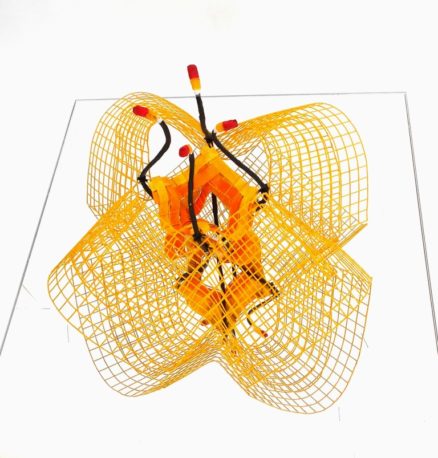
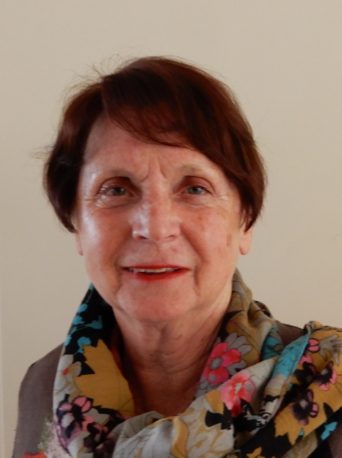
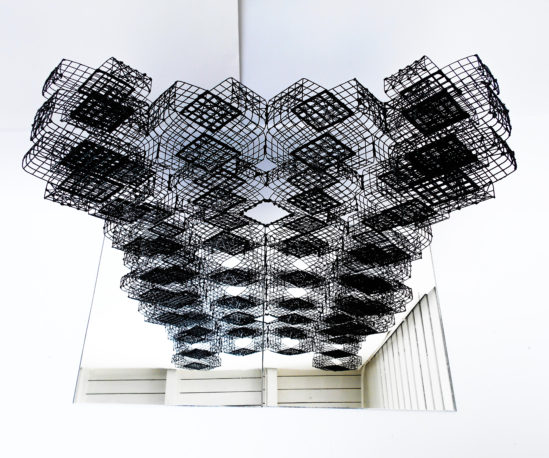
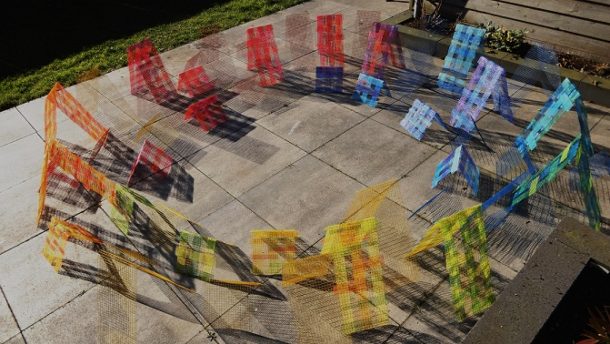
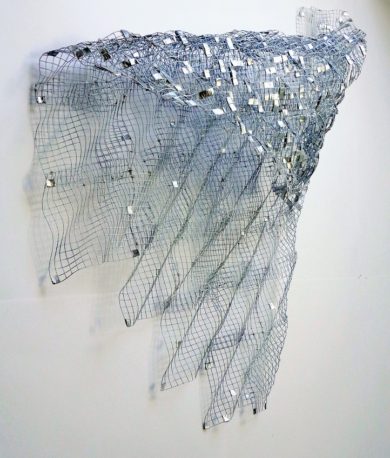


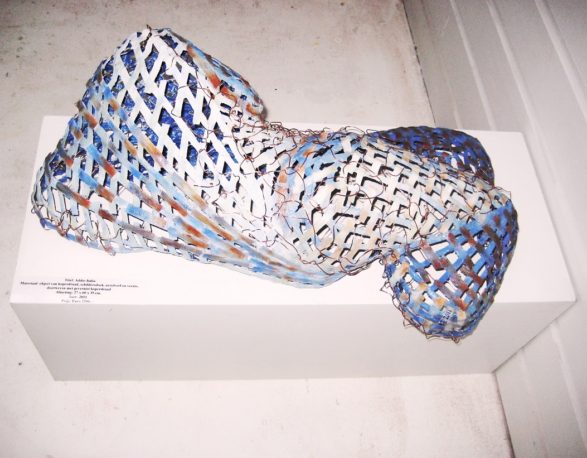
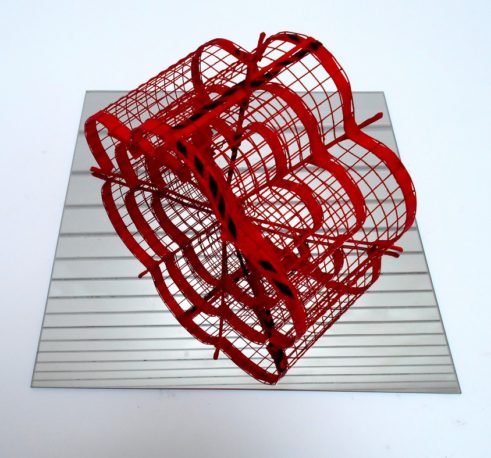






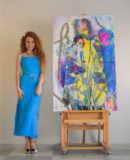
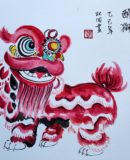

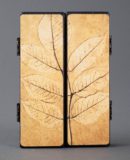


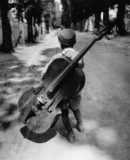


The opinions expressed by individual commentators and contributors do not necessarily constitute this website's position on the particular topic.